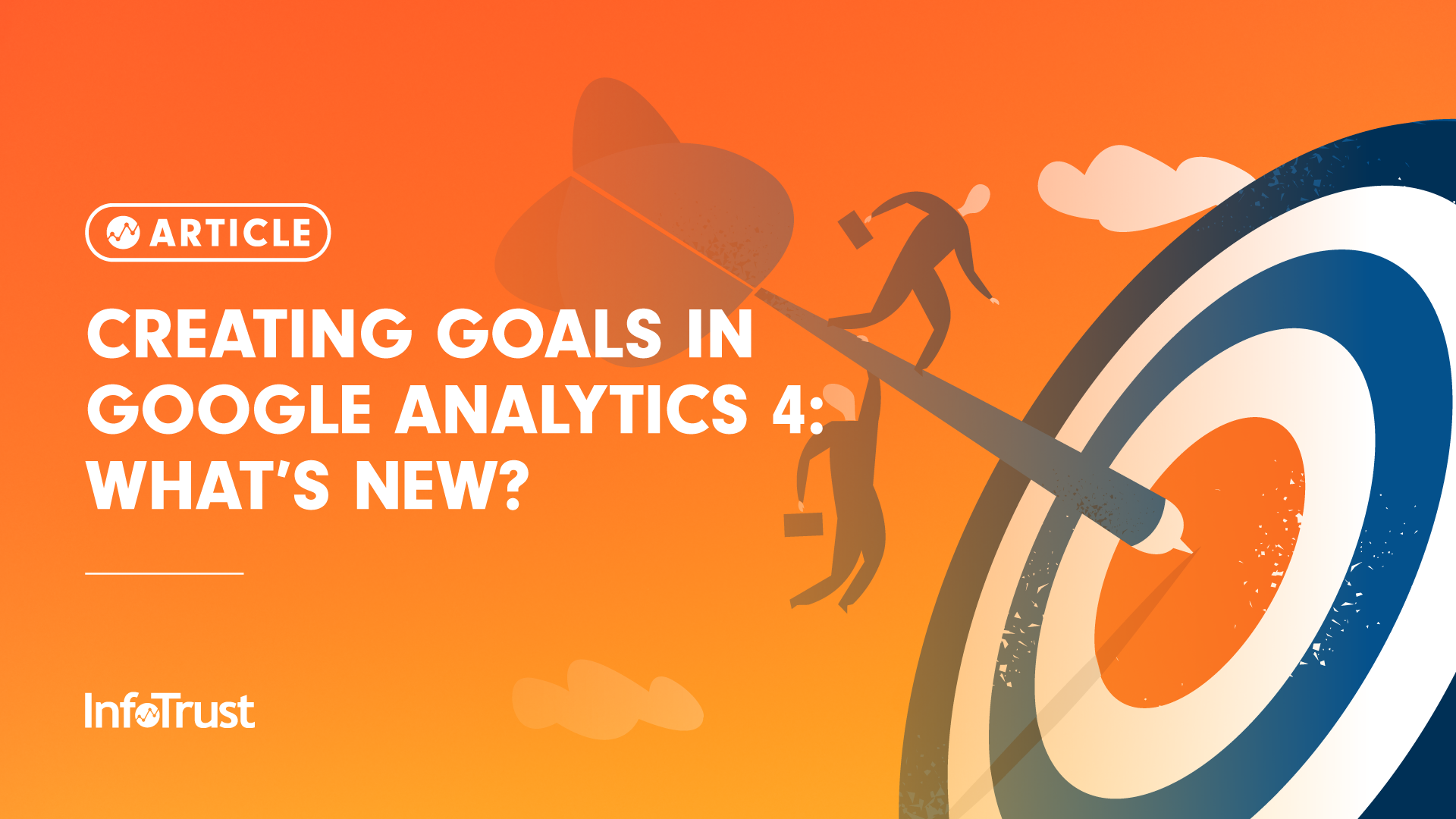Learn What Data Is Google Analytics Goals Unable to Track
Learn What Data Is Google Analytics Goals Unable to Track
Blog Article
Discover the Limitations of Google Analytics Goals: Unveiling the Data Kind That Remain Untrackable
As companies significantly count on data-driven decision-making, comprehending the restrictions of devices like Google Analytics ends up being critical. While Google Analytics Goals deal useful insights right into user interactions, there exist data kinds that elude tracking, presenting challenges to a thorough understanding of individual behavior. These untrackable information types question regarding the precision and completeness of the analytics information that companies heavily depend upon for their digital approaches. Curious to discover the surprise unseen areas in your information analysis procedure?
Incomplete Individual Trip Tracking
Insufficient customer trip tracking within Google Analytics can prevent the ability to accurately evaluate individual actions. When the individual journey is not totally tracked, there are voids in the data that protect against an extensive understanding of how users connect with a website. This lack of understanding can result in missed chances for optimization and improvements to the individual experience.
One common concern with incomplete user trip monitoring is the failure to see the full path that customers take in the past completing a goal or leaving the site. Without this info, it is testing to determine where users may be coming across challenges or rubbing points that prevent them from transforming. Furthermore, insufficient tracking can obscure the impact of particular advertising and marketing initiatives or site adjustments on user behavior.
To resolve this restriction, it is crucial to establish up correct tracking devices within Google Analytics to record the whole user trip. This might entail establishing event monitoring, objective funnels, or making use of tools like Google Tag Manager to make sure that no vital interactions go unrecorded. By gaining an extensive sight of the customer journey, site owners can make more enlightened decisions to enhance individual engagement and drive conversions.
Attribution Obstacles
Browsing through acknowledgment challenges in Google Analytics calls for an extensive understanding of just how various touchpoints add to the total conversion process. Acknowledgment challenges arise from the intricacy of modern client trips, where individuals communicate with multiple channels before transforming. Google Analytics supplies various acknowledgment models like very first touch, last touch, and linear, each providing a various viewpoint on how credit score is assigned to touchpoints along the conversion course. These models might not constantly precisely reflect the real influence of each touchpoint on the conversion.
One typical acknowledgment obstacle is the trouble in connecting conversions to the appropriate source, specifically in cases where customers engage with several channels before transforming. This can result in inaccuracies in figuring out which advertising and marketing initiatives are driving the most conversions. Additionally, cross-device tracking positions another acknowledgment obstacle, as customers often change between devices during their journey, making it testing to track their communications flawlessly. Marketers should thoroughly evaluate and interpret attribution data to make informed choices and optimize their advertising methods successfully.
Offline Conversions
Provided the obstacles related to connecting conversions precisely in online networks, the dimension of offline conversions presents a substantial opportunity for online marketers looking for a much more extensive understanding of their consumers' trip. Offline conversions describe activities that customers absorb the physical world, such as making purchases in brick-and-mortar shops or over the phone, participating in events, or engaging with printed materials - what data is google analytics goals unable to track. These conversions are critical for organizations that run both online and offline, as they supply beneficial understandings into the performance of advertising projects throughout different touchpoints
Tracking offline conversions commonly posed a considerable obstacle for marketers, as it was challenging to link these activities back to certain online interactions precisely. Nevertheless, with advancements in modern technology, such as the integration of CRM systems, one-of-a-kind identifiers, and voucher codes, businesses can now link the have a peek at these guys gap in between online and offline data to obtain a more alternative sight of consumer actions. By effectively gauging offline conversions, marketing professionals can maximize their approaches, designate sources extra successfully, and inevitably improve the total customer experience.
Cross-Device Tracking
Cross-device tracking plays a vital duty in recognizing the interconnected nature of consumers' electronic interactions throughout several devices. In today's omnichannel globe, where individuals effortlessly switch over in between mobile phones, desktop computers, and tablets, tracking their actions across these gadgets is crucial for online marketers to obtain a detailed view of their consumer journey.

Furthermore, personal privacy problems and laws such as GDPR and CCPA have better complicated cross-device tracking. With individuals requiring even more control over their information and raised constraints on tracking innovations, marketers have to locate privacy-compliant and ingenious means to link customer communications throughout gadgets.
Dynamic Web Content Interaction
Comprehending individual engagement with dynamic web content is critical in optimizing electronic marketing techniques for improved target market interaction. Dynamic content describes site elements that change based on user actions, choices, or various other elements, using a tailored experience. However, tracking individual interactions with dynamic content postures challenges for conventional analytics devices like Google Analytics.
While Google Analytics can track basic interactions like clicks and web page views, it may battle to capture more nuanced interactions within vibrant content. what data is google analytics goals unable to track. Metrics such as time invested on particular dynamic components, hover activities, or interactions within pop-ups are usually not quickly quantifiable utilizing common tracking approaches. This constraint prevents online marketers' capability to fully grasp how users are involving with dynamic web content and customize their techniques as necessary

Conclusion
Finally, Google Analytics objectives have constraints in tracking insufficient user journeys, attributing conversions precisely, catching offline conversions, tracking cross-device communications, and measuring dynamic material involvement. These constraints highlight the value of exploring added tracking techniques and devices to get an extra extensive understanding of individual actions and conversions beyond what Google Analytics can offer.
While Google Analytics Goals deal useful insights into customer communications, there exist information types that thwart monitoring, posturing obstacles to an extensive understanding of user behavior.Insufficient customer trip monitoring within Google Analytics can prevent the capacity to accurately evaluate individual habits. When useful reference the individual trip is not fully tracked, there are spaces in the information that stop an extensive understanding of how customers interact with a website.One common problem with incomplete individual journey monitoring is the failure to see the complete path that individuals take before finishing an objective or leaving the site. By acquiring an extensive view of the customer journey, website proprietors can make more informed choices to enhance customer engagement and drive conversions.
Report this page